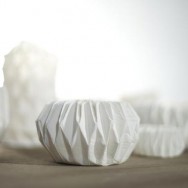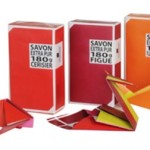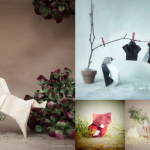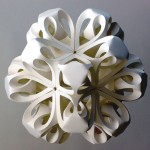We’re suckers for origami. There’s just something fascinating in the ancient art of paper folding. I get especially fascinated when seeing origami used in different ‘nonconventional’ ways, that make, for example, even a soap packaging exciting. We wrote about Compagnie de Provence and their soap packaging, which can be transformed in a swan, sea lion, a whale, or a boat.
This year, while in Paris and looking for a bridesmaids present for my soon to be married friend, I found the Rose soap by Compagnie de Provence, and decided to try my skills in origami folding. It was supposed to be a boat, but obviously, I’ll still have some soaps to buy to master my skills to perfection. I look forward to that!
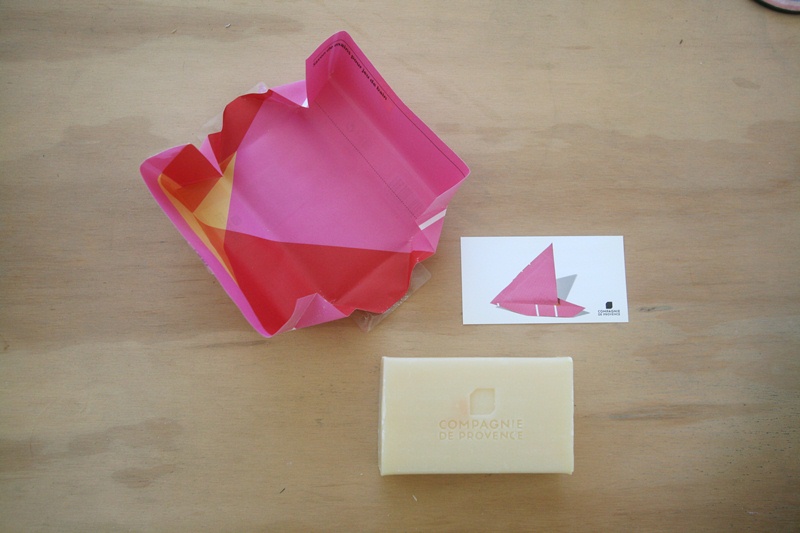


As the online encyclopedia says:
[Origami (折り紙?, from ori meaning “folding”, and kami meaning “paper”) is the traditional Japanese folk art of paper folding, which started in the 17th century AD and was popularized in the mid-1900s. It has since then evolved into a modern art form. The goal of this art is to transform a flat sheet of material into a finished sculpture through folding and sculpting techniques, and as such the use of cuts or glue are not considered to be origami.
The number of basic origami folds is small, but they can be combined in a variety of ways to make intricate designs. The most well known origami model is probably the Japanese paper crane. In general, these designs begin with a square sheet of paper whose sides may be different colors or prints. Traditional Japanese origami, which has been practiced since the Edo era (1603–1867), has often been less strict about these conventions, sometimes cutting the paper or using nonsquare shapes to start with.]


